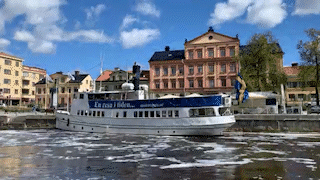The term historical period drama (also historical drama, period drama, costume drama, and period piece) refers to a work set in a past time period, usually used in the context of film and television. It is an informal crossover term that can apply to several genres and is often heard in the context of historical fiction and romances, adventure films, and swashbucklers. A period piece may be set in a vague or general era such as the Middle Ages or a specific period such as the Roaring Twenties. A religious work can qualify as period drama but not as historical drama.
The historical period drama is a film genre in which stories are based upon historical events and famous people. Some historical dramas are docudramas, which attempt an accurate portrayal of a historical event or biography, to the degree that the available historical research will allow.















































